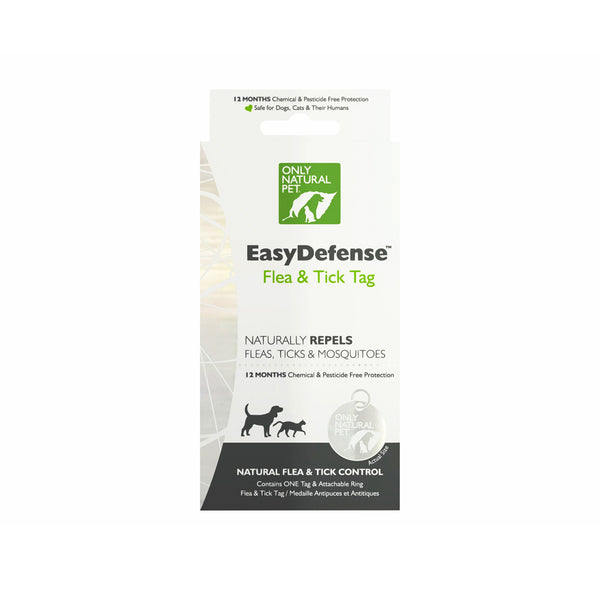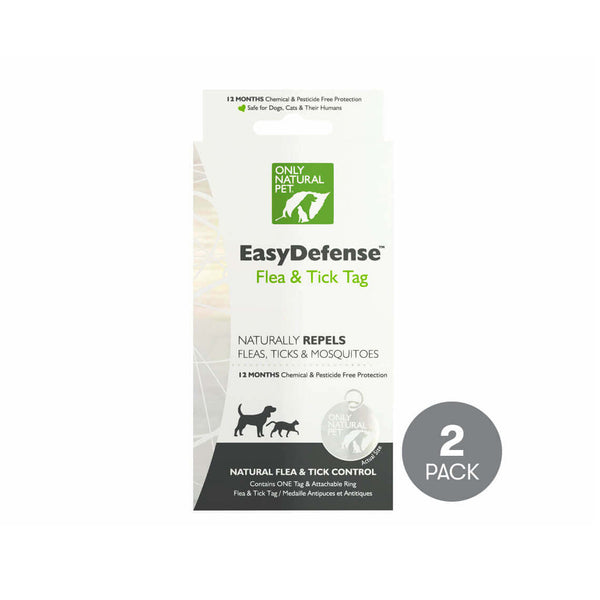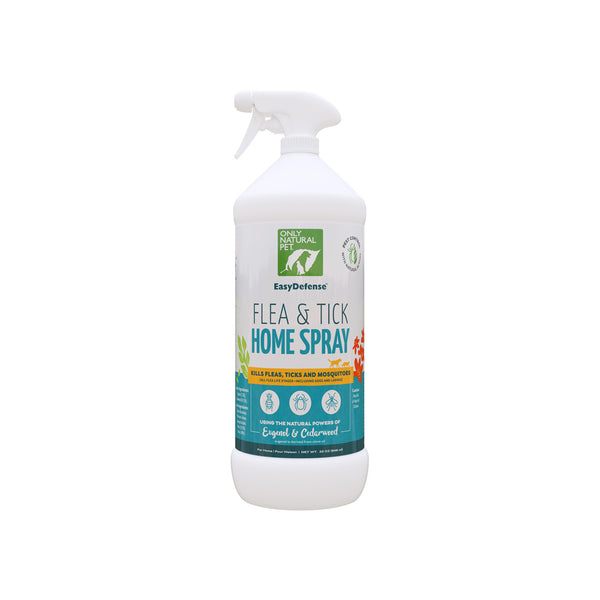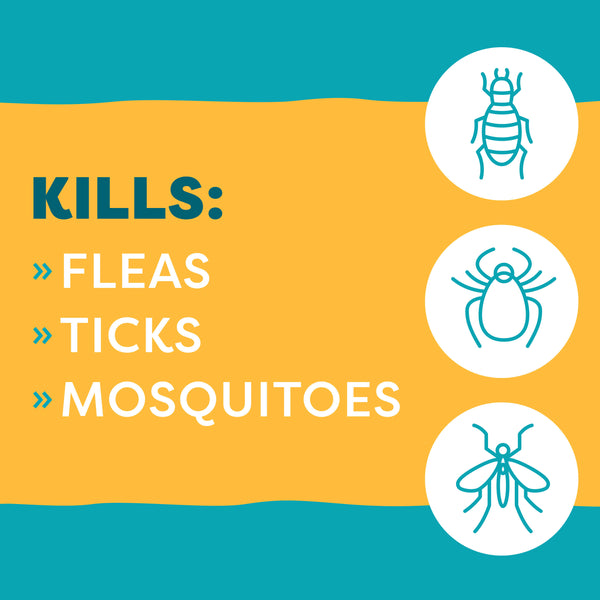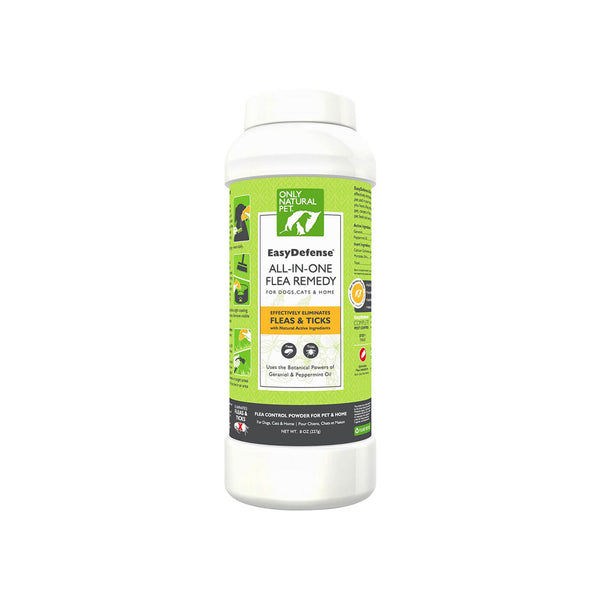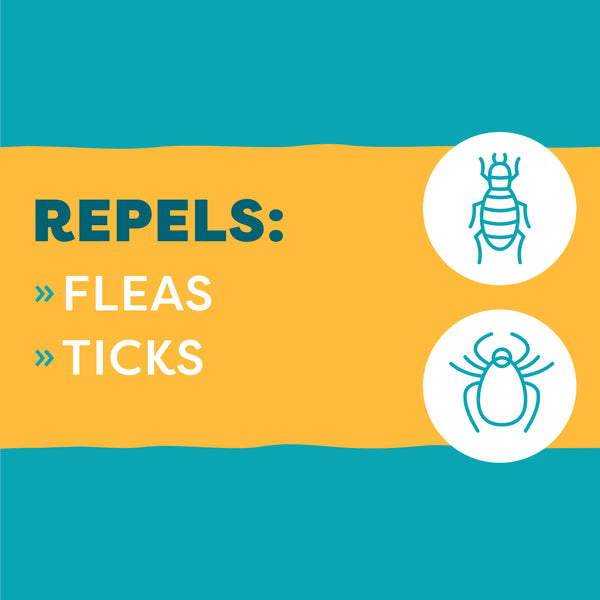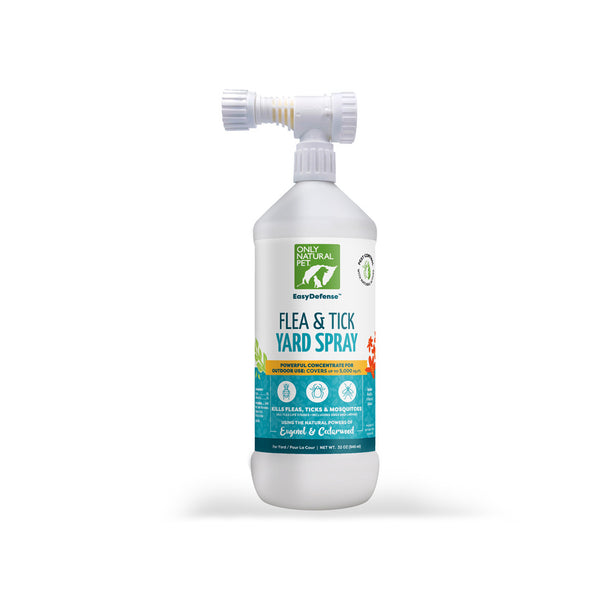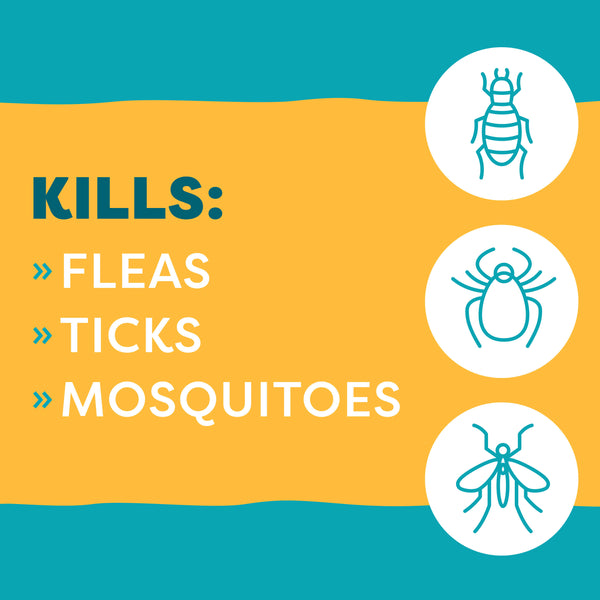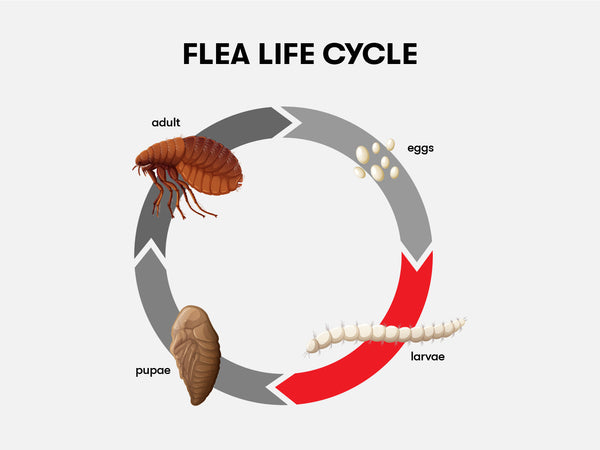Bartonellosis: What is Cat Scratch Disease?
Written by: Only Natural Pet Team
Cat scratch disease (CSD), also called cat scratch fever, is a bacterial infection caused by Bartonella henselae bacteria. With up to 40% of our feline friends estimated to carry it at some point in their lives, it’s a good idea to know a little more about it.
That’s because CSD is a zoonotic disease, meaning it can be transmitted between animals and humans like Lyme disease, rabies, and West Nile virus.
CSD can lead to a wide range of symptoms in both humans and animals. Fortunately, it rarely progresses to the point of being serious or a threat to human health or that of our feline companions.
In this article, we'll explain more about CSD and its origins, taking a closer look at how it’s transmitted, and the symptoms associated with it.
What Causes Cat Scratch Disease?
As we mentioned, cat scratch disease, or CSD, is caused by Bartonella henselae bacteria which is mostly transmitted to humans from their pet cats.
Other types of Bartonella bacteria exist and can cause infection in humans as well. In most cases, those with weaker immune systems may be most susceptible to suffering ill effects brought on by an infection.
CSD can affect humans, cats, dogs, and other animals. It’s commonly transmitted from cats to people or other animals through a scratch. Hence the name!
How Is Cat Scratch Disease Contracted?
Of course, rough play or a tussle with another cat can be a source of infection. But usually, cats contract it through bites from fleas and ticks who also carry and transmit B. henselae bacteria when they feed.
For this reason, it’s important to do what you can so those tiny parasites do not make a home on your kitty. And we’ll give you some tips on how to do that in just a moment.
In humans, CSD is most reported in children and teens. This is probably because they’re the ones more likely to play rough with family pets or be on the receiving end of warning swipes or nips. This is especially true for new kittens, which have been shown to carry higher loads of B. henselae bacteria when infected.
This is just one more reason why we should always supervise our human kids when they’re around our fur kids, and make sure that everyone knows the proper ways to interact and play. Again, more on that later.
What Are the Symptoms of Cat Scratch Disease?
Symptoms in Cats
When it comes to cats, most that are infected remain asymptomatic. That means they may not present any symptoms and it’s impossible to know from observation that they have CSD. However, they can remain infected for months and may transmit the bacteria to humans or other pets at any time.
In rare cases where cats do present symptoms, they can include fever, vomiting, lethargy, red eyes, swollen lymph nodes, and/or decreased appetite.
It’s far more common for us humans to notice symptoms in ourselves.
Symptoms in Humans
When it comes to humans, symptoms can take a while to become apparent but can include many of the same ones mentioned above for our kitties. These may include swollen lymph nodes (near the infected area), headache, fever, fatigue, and decreased appetite.
Rarely, CSD can lead to serious conditions in humans including encephalopathy (brain disease), osteomyelitis (bacterial infection of the bones), neuroretinitis (optic nerve and retina inflammation), or Parinaud oculoglandular syndrome (an eye infection similar to conjunctivitis).
Testing for CSD
It’s quite difficult to diagnose CSD in humans or animals. To get an accurate diagnosis, one needs to perform a polymerase chain reaction (PCR) blood test to see if the B. henselae bacteria are present.
Usually, most cases of infection will clear by themselves. More stubborn infections, however, may need antibiotics. People with weakened immune systems, babies, young children, and pregnant women should especially seek medical assistance and treatment if suspected infection occurs. These are the groups considered more vulnerable and likely to suffer complications from CSD.
What Can I Do?
First and foremost, you can try to avoid rough play with your cat and any new kittens. This means training your furry friend not to scratch or bite you and instead directing that behavior in the appropriate direction.
Engage in play with appropriate toys, such as interactive toys or eco-friendly plush toys. Never use fingers, hands, or feet. And offer natural cat treats as a reward at the end of play time for a job well done.
Also, since fleas and ticks are the main source of CSD infection for your cat, it’s important to do what you can to keep them away. There are a ton of natural flea and tick repellants that you can use to help keep your cat safe while ensuring you’re not introducing any harmful chemicals or pesticides into your household.
Products like Only Natural Pet’s All-in-One Flea Remedy Powder and Easy Defense Flea & Tick Home Spray are great ways to protect inside your home while the Easy Defense Flea & Tick Yard Spray can be used outdoors.
From time to time the occasional scratch may occur. To lessen the chance of potential infection, we recommend keeping your cat’s nails trimmed, but NEVER declaw your cat. If you have trouble with nail trimming, ask a qualified groomer or your holistic vet for help.
Keeping your cat indoors can also lessen their exposure to fleas and ticks as well.
Lastly, if an accidental scratch or bite does occur, wash and disinfect it immediately and keep an eye on it for any swelling or abnormalities. If you’re unsure, it’s best to see a doctor to get checked out!
Conclusion
While we urge you not to be too paranoid about CSD or its ill effects to the point of affecting your relationship with your cat, it’s good to be aware of it.
As we highlighted above, proper training, claw maintenance, and flea and tick management can go a long way.
But if you do suspect that you or your family member, human or furred, has CSD, it’s best to immediately seek the advice of a doctor or veterinarian. Better safe than sorry!








